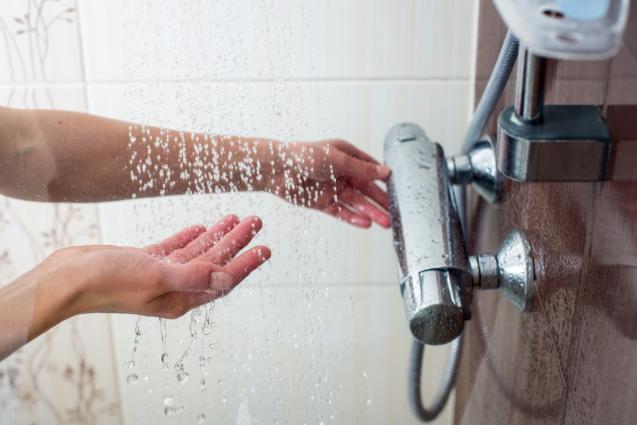
How to Safeguard Your Home Against Plumbing Leaks
Understanding Common Causes of Plumbing Leaks
Identifying the common causes of plumbing leaks is the first step in prevention. One major factor is aging pipes. Over time, pipes made from materials like galvanized steel or cast iron can corrode and weaken, making them susceptible to leaks. High water pressure is another common cause. When water pressure exceeds a certain limit, it can strain pipes and fixtures, leading to leaks.
Temperature changes, especially during winter, can also pose a threat. Frozen pipes can crack and burst when the water inside expands due to freezing temperatures. Another contributing factor is poor installation and maintenance. Improperly installed pipes or fixtures can easily degrade and fail, causing leaks.
Regular Maintenance and Inspections
Regular maintenance and inspections are crucial for early detection and prevention of plumbing leaks. Scheduling routine plumbing inspections can identify potential weak spots before they become problematic. Homeowners can also perform DIY visual inspections, checking for visible signs of leaks such as drips, moisture, or mould. Pay special attention to pipe joints and connections.
Engaging professional plumbers for regular check-ups ensures a thorough examination of the plumbing system, addressing areas that DIY inspections might miss. Additionally, water heaters require consistent maintenance as they can develop leaks over time, particularly due to sediment buildup and corrosion.
Upgrading Your Plumbing System
Upgrading plumbing systems with modern, high-quality materials can significantly enhance leak prevention. Replacing old pipes with materials like PEX (cross-linked polyethylene) or copper provides durability and resistance to corrosion.
Installing water pressure regulators is another effective measure. Regulators maintain optimal water pressure, reducing the risk of leaks caused by high pressure. Smart water leak detection systems are increasingly popular. These systems monitor water flow and alert homeowners to potential leaks, enabling swift action.
For homes with hot water systems, hot water recirculation pumps can help by keeping water moving through the pipes, reducing thermal expansion and stress, thereby decreasing the likelihood of leaks.
Preventative Measures for Leak-Prone Areas
Certain areas in homes are more susceptible to leaks and deserve extra attention. Under sinks, behind appliances, and in basements are common weak spots. Reinforcing these areas, such as securing loose pipes and ensuring proper insulation, can prevent leaks.
Cold weather can wreak havoc on plumbing systems. Insulating exposed pipes and keeping a consistent indoor temperature can prevent pipes from freezing and bursting. Installing moisture sensors in vulnerable areas can provide an early warning for leaks, helping prevent extensive water damage. Incorporating mould prevention techniques can also mitigate the risk of mould growth, which is often a consequence of leaks.
Proper landscaping and drainage around homes also play a vital role in leak prevention. Ensuring that water drains away from the house can reduce the risk of leaks in basements and foundations.
Immediate Steps to Take When a Leak is Detected
When a leak is detected, promptly addressing the issue can minimise damage. The first step is to locate the main water supply and shut it off to stop the flow of water. This action can prevent further water damage.
While waiting for professional assistance, mitigation steps include mopping up standing water and moving valuables to a dry area. Using towels or buckets to catch dripping water can also help.
For small leaks, having a DIY leak repair kit can be beneficial. These kits typically include items like pipe tape, sealants, and clamps, providing temporary fixes until a plumber arrives. It is also essential to document any damages, as this information will be necessary for insurance claims.
Conclusion
Proactive leak prevention is essential in maintaining a safe and healthy home. Regular maintenance and inspections, coupled with strategic upgrades to the plumbing system, can significantly reduce the risk of leaks. Taking preventative measures in leak-prone areas and knowing what to do when a leak occurs ensures homeowners are always prepared. By prioritising these strategies, households can safeguard against the costly and damaging effects of plumbing leaks, creating a secure living environment. Regular professional consultations and inspections remain a key part of this preventative approach, providing peace of mind and long-term protection.



